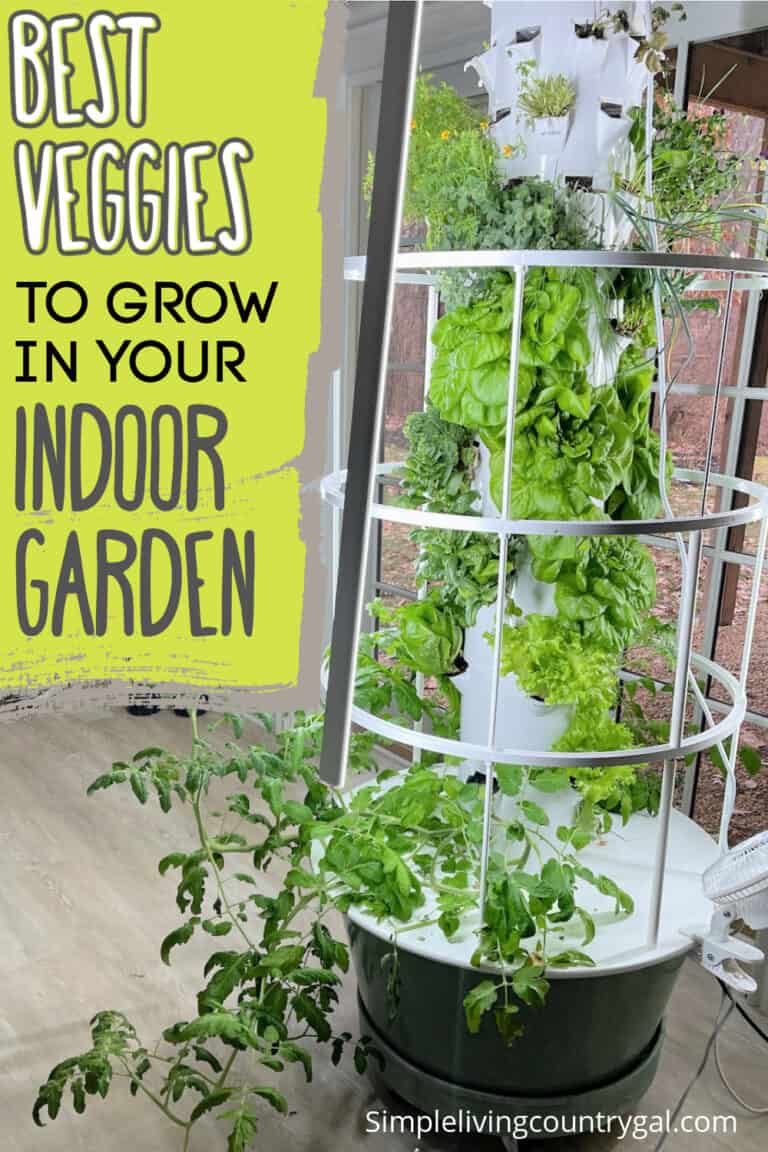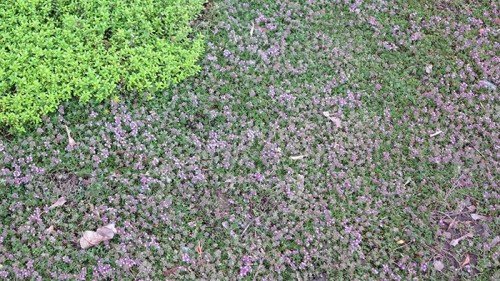

It should also be put in a window that gets at least six hours of indirect light per day. Thyme requires sandy, well-draining soil to thrive. If you do not have a clay pot, pick one with lots of drainage holes so the plants can dry out. Clay pots are ideal for growing this herb since they enable the plants to completely dry out between watering. It all starts with choosing the right pot for growing thyme indoors. Growing Conditions in Growing Thyme Indoors Thymol, a chemical compound contained in thyme, is an ingredient in mouthwash, medications, and sanitizers, so it has a spot in our kitchens and medicine cabinets nowadays. It was also burnt at home to purify from spirits. It was provided to soldiers as a kind of protection or reverence before going into war. It was often synonymous with bravery and courage. Thyme was believed to be a poison cure in the Roman period, and it was widely eaten both before and after meals to fend off sickness. The famous herb has a long and illustrious tradition of both theological and medicinal applications. Though slow to germinate from seed, thyme’s upright woody stems can reach a height of six to twelve inches in a single season, giving gardeners plenty of tasty herbs to enjoy fresh or dry all year. Thyme, which is native to southern Europe, can be cultivated successfully indoors or outdoors in a range of environments and needs only minimal care to survive. For indoor herbs, dilute the fertilizer 50% with water to avoid burning the plant.Thyme is a beautiful and versatile herb its fragrant leaves can be used in a variety of dishes, from salad dressings to marinades to sauces and rubs. With fresh herbs at your fingertips, not only will your meals be far more flavorful, but the indoor plants also help to improve air quality throughout the home.įinal tip: When growing herbs or any plants for consumption, remember to use an organic fertilizer. Sage tastes better when harvested early in the morning.Īn indoor herb garden is both easy to grow and rewarding to have.

When harvesting, clip just above where leaves meet. Let the growing medium dry out between watering.

Basil - Make sure you pick a smaller, globe variety the larger kinds will be too big for an indoor garden.Here are some specific tips for growing and harvesting these herbs indoors: They all have similar light and care requirements and can thrive in a windowsill garden setting. Some easy herbs to start with are basil, cilantro, oregano, parsley, and sage. Any south- or southeast-facing window should be perfect for an indoor herb garden, but light can be supplemented with a small fluorescent fixture if needed. While a medium-sized clay container is best for drainage and air flow, almost any appropriately sized container with good drainage will do.įor soil, a three-part mix of potting soil, peat, and sand will keep your indoor herbs happy and healthy. Starting an herb garden inside is relatively easy, as most herbs will readily grow in those conditions. While growing garden vegetables indoors is not always a great idea, it is entirely possible to enjoy your gardening in the winter time with a windowsill herb garden. While many consider autumn the most beautiful time of year, it is also the time when gardeners have to start moving their operation indoors.


 0 kommentar(er)
0 kommentar(er)
